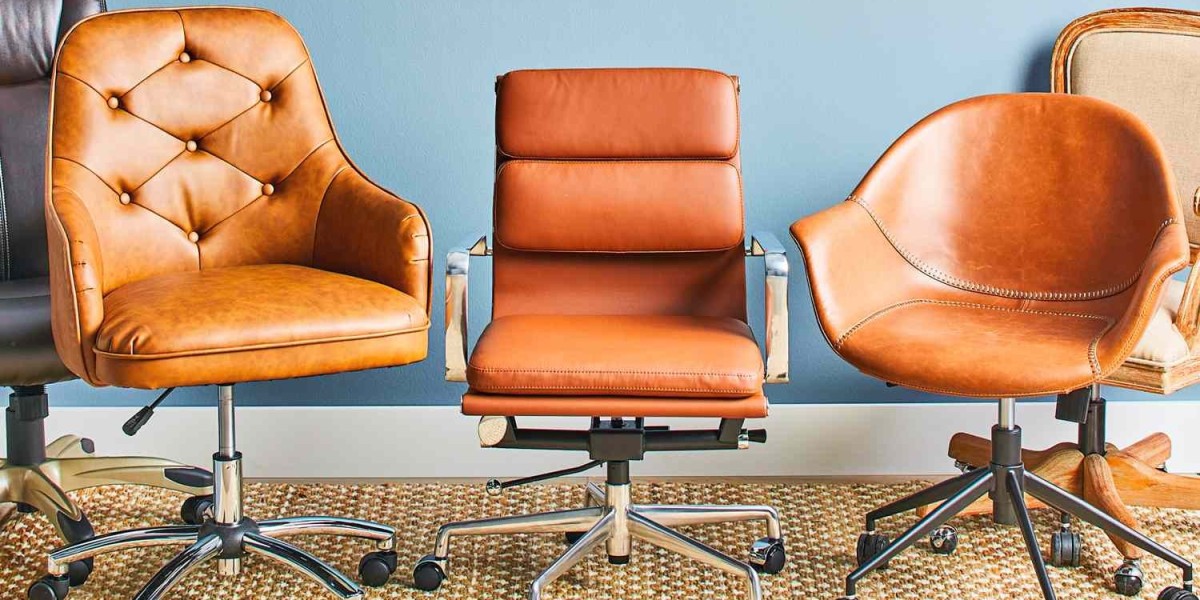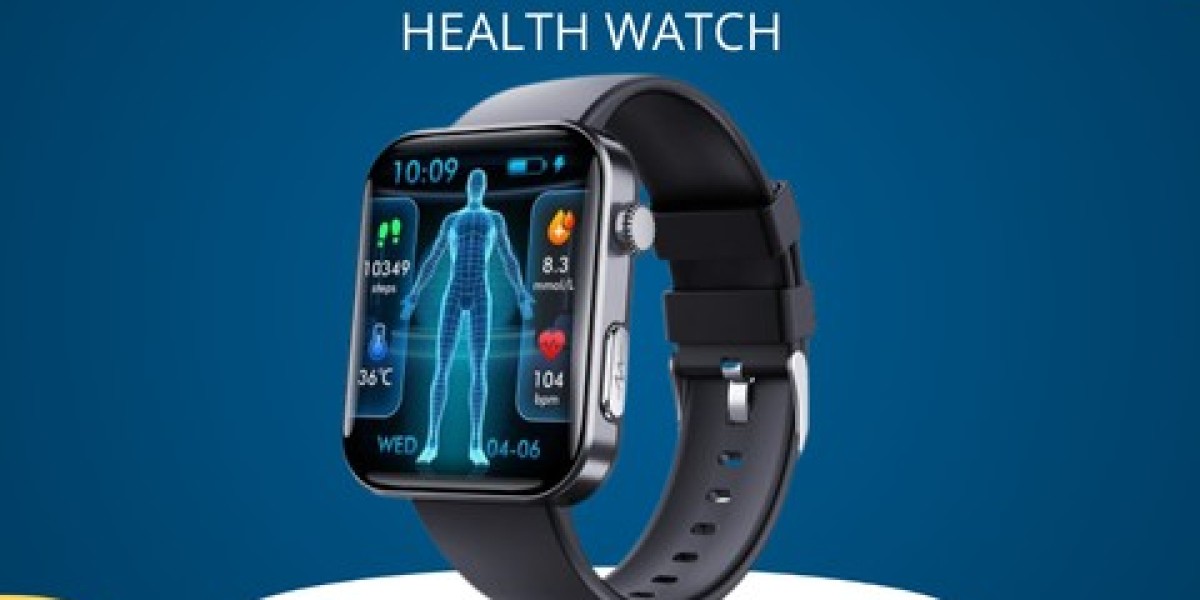The office chair has evolved significantly over the years, incorporating cutting-edge technologies to enhance comfort, support, and productivity. These innovations are designed to address the needs of modern workers, who often spend long hours sitting at desks. Here are some of the most innovative office chair technologies that you should know about:
1. Dynamic Ergonomics
- What It Is: Dynamic ergonomic technology refers to chairs that automatically adjust to the user’s movements and posture, providing continuous support throughout the day.
- Key Examples:
- LiveBack Technology: Found in chairs like the Steelcase Leap, this technology allows the backrest to mimic the natural movement of the spine, adjusting as you move to maintain proper support.
- Flexible Backrest: Chairs like the Herman Miller Embody have a backrest that flexes with your movements, promoting natural alignment and reducing strain.
2. Smart Chairs with Sensors
- What It Is: Smart office chairs are equipped with sensors that monitor your posture, movement, and sitting habits, providing real-time feedback to help you maintain a healthy posture.
- Key Examples:
- Herman Miller Cosm: This chair uses a sophisticated design that automatically adapts to your body and posture without needing manual adjustments, making it feel like a natural extension of your body.
- Smart Cushion Sensors: Some office chairs feature cushions with embedded sensors that detect how you’re sitting and can prompt you to adjust your posture through a connected app or a gentle reminder from the chair itself.
3. Active Sitting Technology
- What It Is: Active sitting promotes movement while seated, helping to engage muscles and reduce the negative effects of prolonged sitting.
- Key Examples:
- Balance Ball Chairs: These chairs incorporate a stability ball into the seat, encouraging micro-movements that engage the core and improve posture.
- Wobble Stools: Stools like the Focal Upright Locus Seat allow for a range of motion, including tilting and swaying, which encourages active sitting and helps prevent stiffness.
4. 3D Knit Technology
- What It Is: 3D knit technology uses advanced knitting techniques to create a seamless, breathable backrest that provides targeted support and comfort.
- Key Examples:
- Herman Miller Cosm: This chair features a 3D knit backrest that is both flexible and supportive, adjusting to the contours of your back for personalized comfort.
- Steelcase SILQ: The SILQ chair’s 3D knit backrest adapts to your movements and provides responsive support without the need for complex adjustments.
5. Automated Recline and Tilt Mechanisms
- What It Is: Modern office chairs often feature automated or weight-sensitive recline mechanisms that adjust the chair’s tilt based on the user’s weight and movements.
- Key Examples:
- Humanscale Diffrient Smart Chair: This chair’s automatic recline mechanism adjusts to your weight and position without needing manual controls, providing effortless comfort.
- Steelcase Gesture: The Gesture chair’s 3D LiveBack system automatically adjusts to your posture, providing continuous support as you recline or shift positions.
6. Integrated Heating and Cooling
- What It Is: Some high-end office chairs now come with integrated heating and cooling systems to enhance comfort, especially in extreme climates.
- Key Examples:
- ClimaSeat Technology: Found in chairs like the X-Chair X2, this technology allows users to control the temperature of the seat and backrest, offering cooling or heating as needed.
- Thermal Comfort: Chairs with thermal comfort technology use advanced materials that respond to body temperature, helping to regulate warmth and keep you comfortable throughout the day.
7. Pressure-Relief Technology
- What It Is: Pressure-relief technology is designed to distribute weight evenly across the seat and backrest, reducing pressure points that can lead to discomfort or pain.
- Key Examples:
- AirCells: Some chairs, like the Humanscale Freedom, incorporate air cells in the seat and backrest that adapt to your weight and movement, providing customized pressure relief.
- Memory Foam with Gel Layers: Memory foam cushions infused with gel layers, as seen in the Tempur-Pedic chairs, offer both support and cooling properties, helping to alleviate pressure points.
8. Anti-Microbial and Easy-Clean Materials
- What It Is: Chairs are increasingly being made with anti-microbial materials that prevent the growth of bacteria and viruses, along with easy-clean fabrics that are resistant to stains and spills.
- Key Examples:
- Anti-Microbial Upholstery: Chairs like the Herman Miller Sayl are available with anti-microbial fabrics that are designed to stay cleaner and more hygienic over time.
- Easy-Clean Fabrics: Materials like Crypton fabric offer stain resistance and easy maintenance, making them ideal for high-traffic office environments.
9. Customizable Support Systems
- What It Is: Customizable support systems allow users to adjust specific areas of the chair to meet their individual needs, ensuring personalized comfort and support.
- Key Examples:
- Adjustable Lumbar Support: Many chairs, such as the Steelcase Leap and Haworth Zody, offer adjustable lumbar support that can be fine-tuned to the user’s preference.
- Pelvic Support Pads: Some chairs include additional support pads for the pelvis, which can be adjusted to promote proper posture and reduce lower back strain.
10. Sustainable and Eco-Friendly Designs
- What It Is: As sustainability becomes increasingly important, many office chairs are now designed with eco-friendly materials and processes that reduce environmental impact.
- Key Examples:
- Recycled Materials: Chairs like the Herman Miller Aeron are made from a significant percentage of recycled materials, and are designed for recyclability at the end of their life.
- Certifications: Look for chairs with certifications such as GREENGUARD or Cradle to Cradle, which indicate that the product meets high standards for sustainability and environmental impact.
Conclusion
Innovative office chair technologies are transforming the way we work by enhancing comfort, promoting better posture, and adapting to our individual needs. Whether it’s smart sensors that help you maintain a healthy sitting posture, or active sitting designs that keep you moving throughout the day, these advancements are making it easier to stay comfortable and productive. Investing in a chair that incorporates these technologies can lead to significant long-term benefits for both your health and your work performance.



